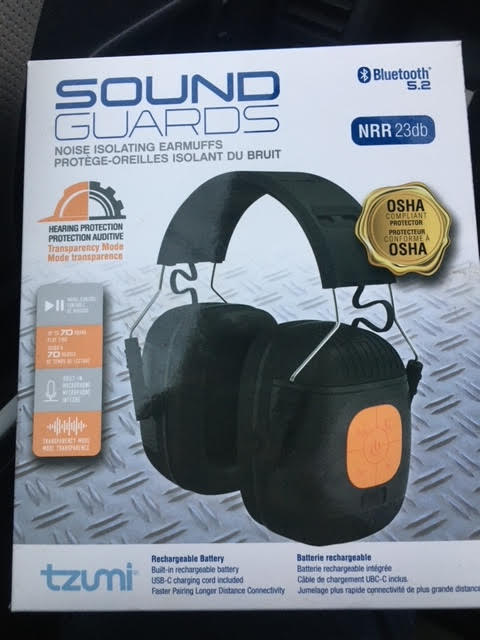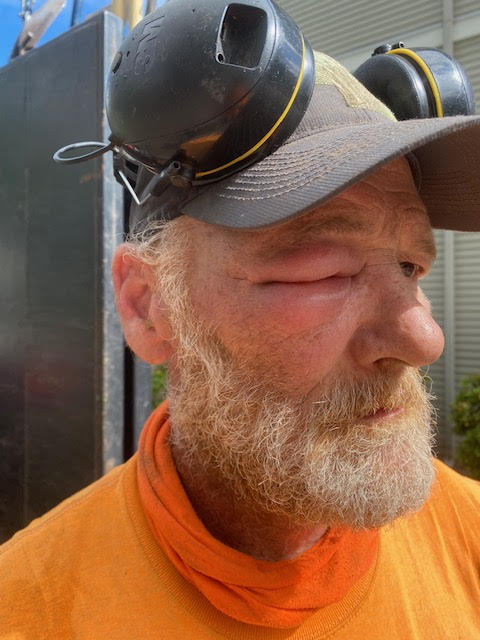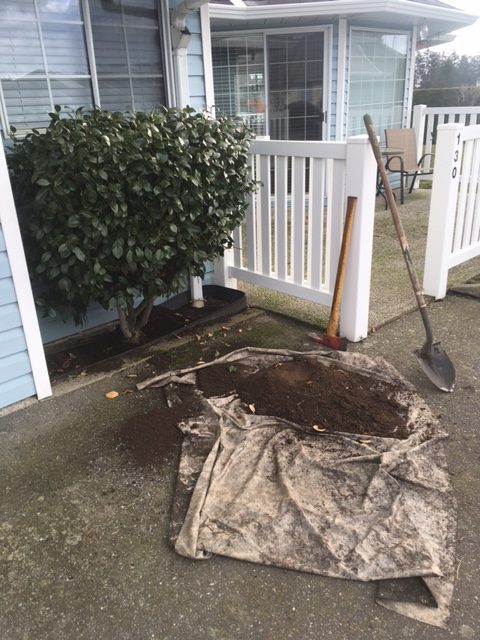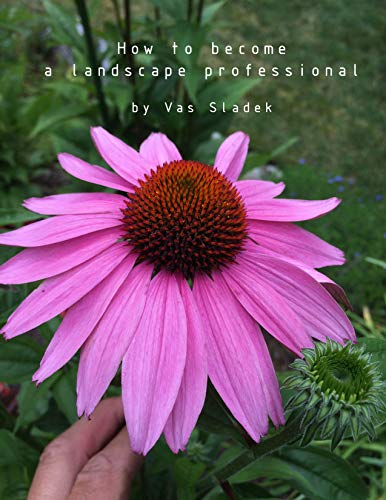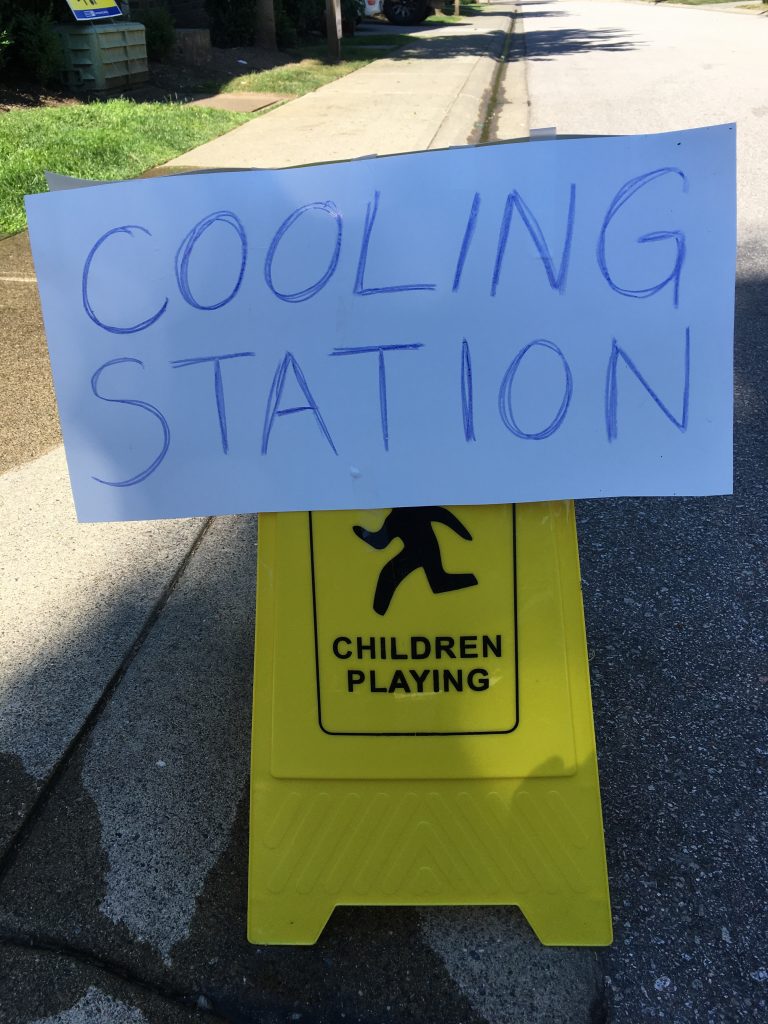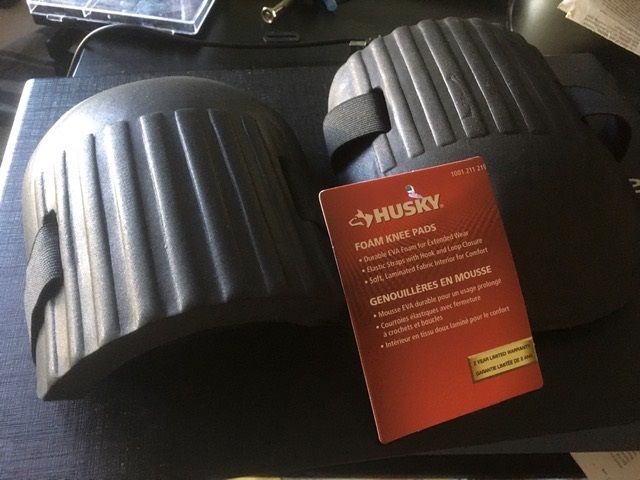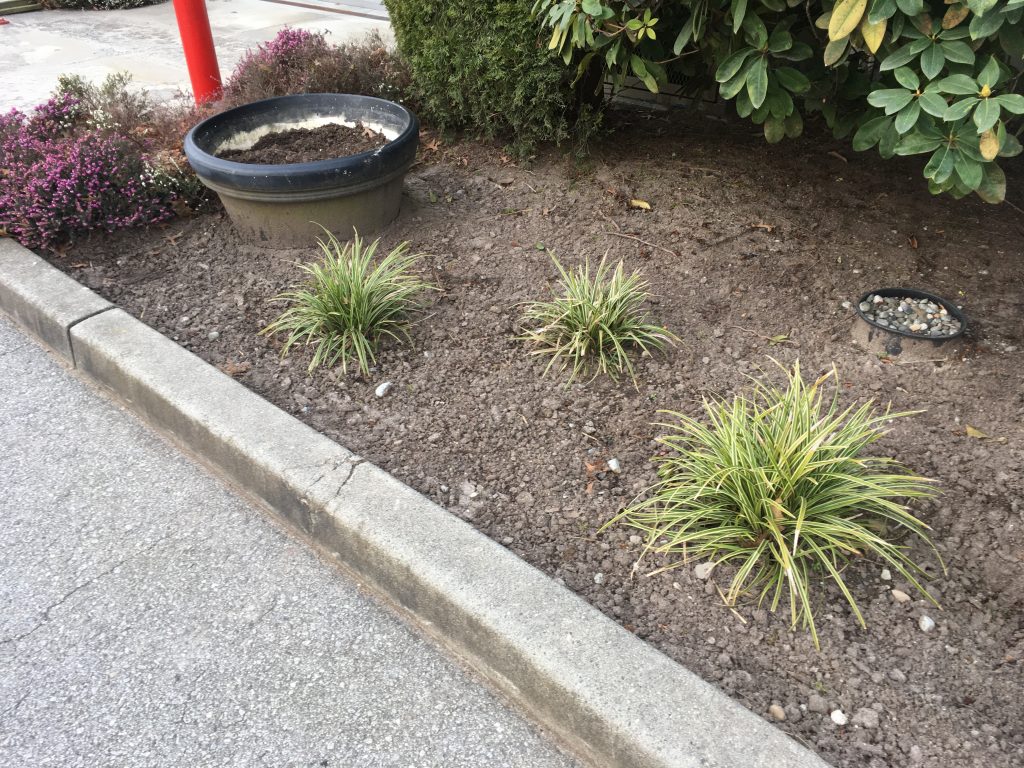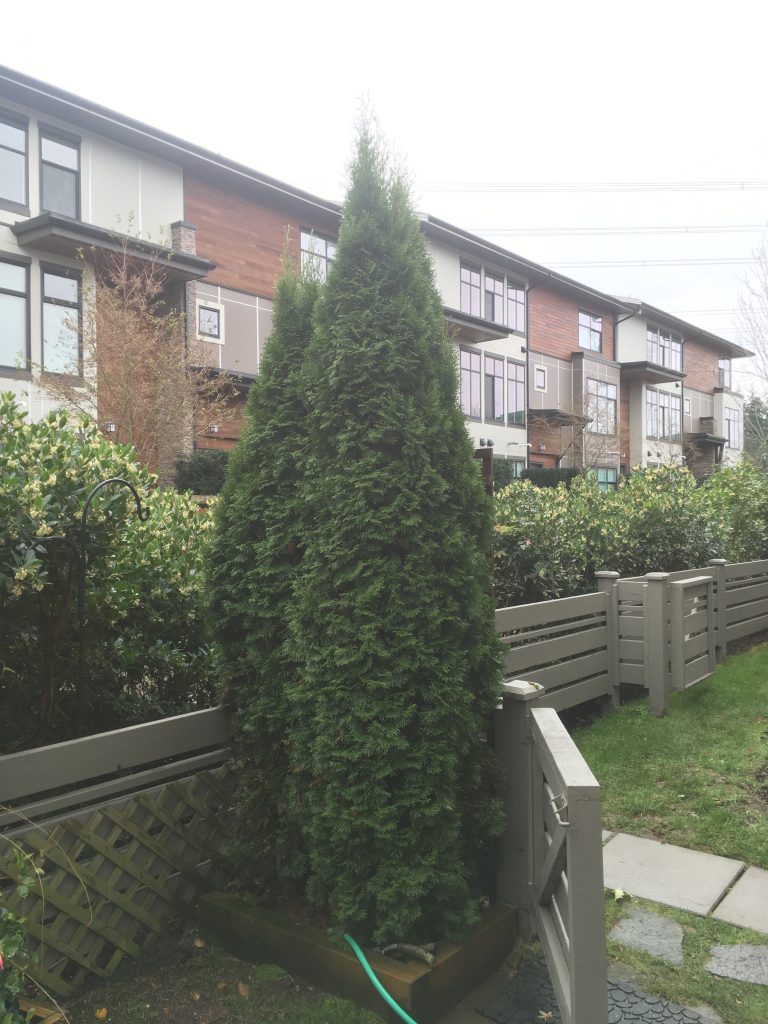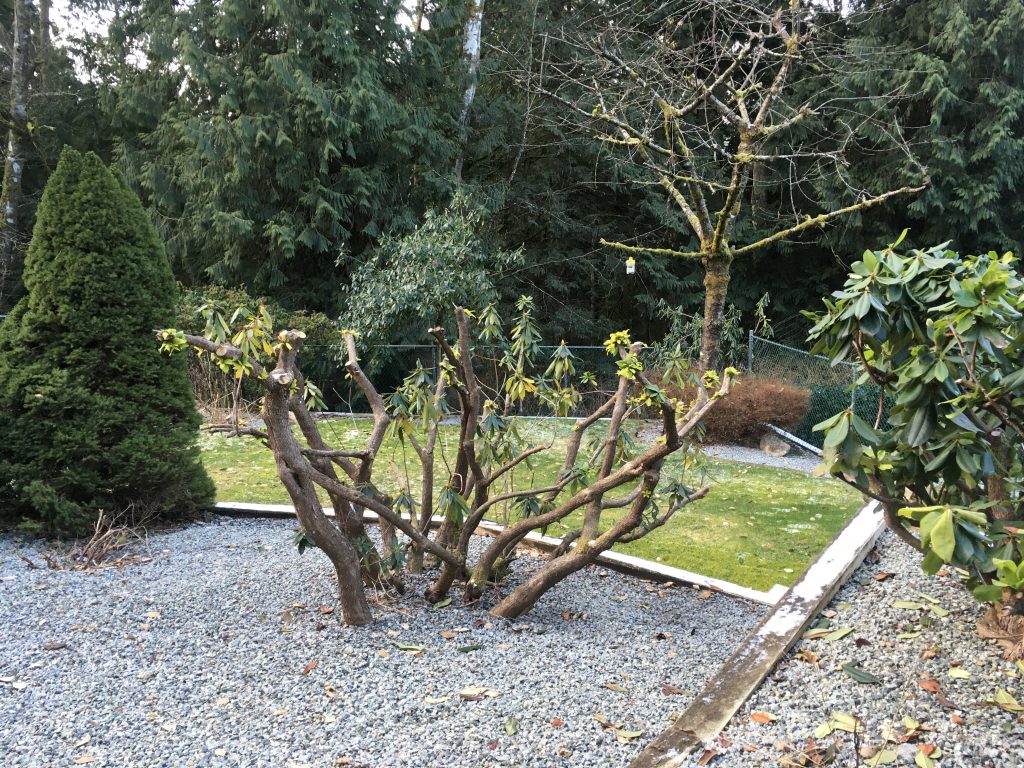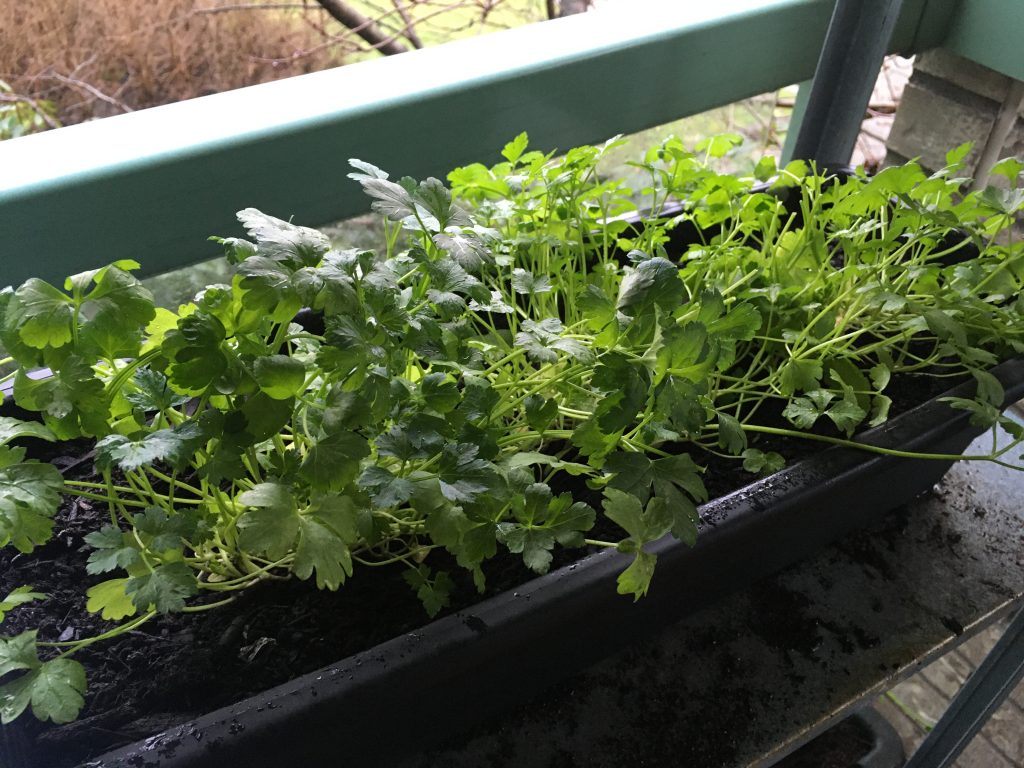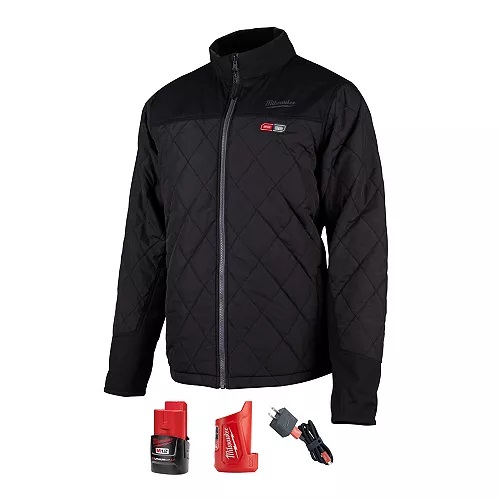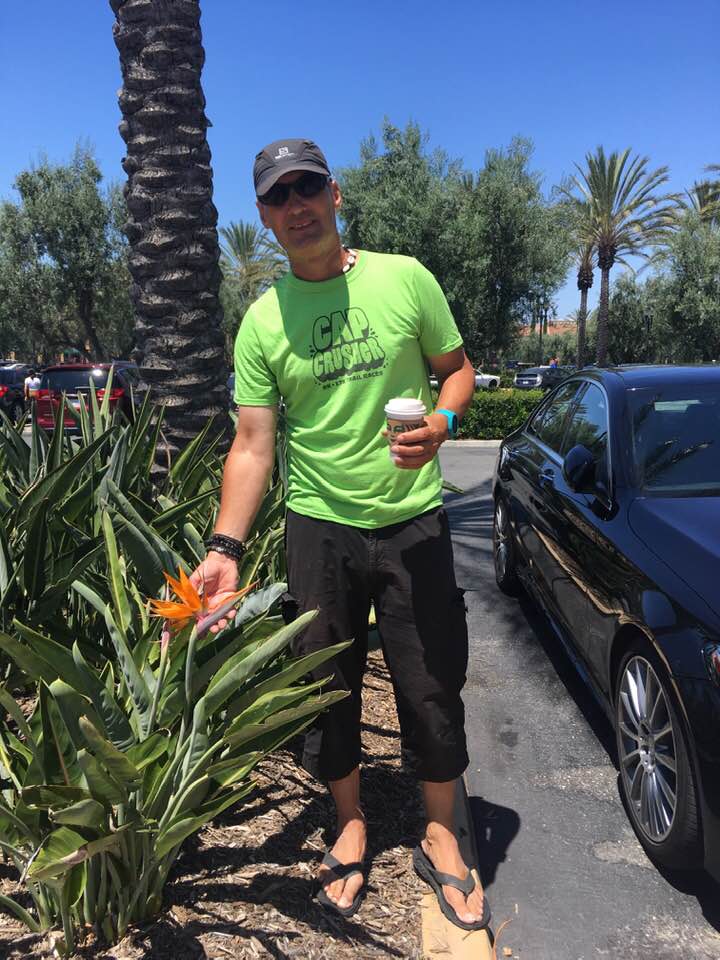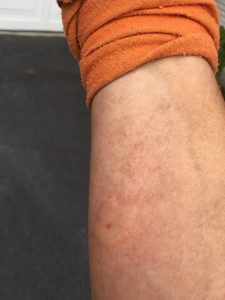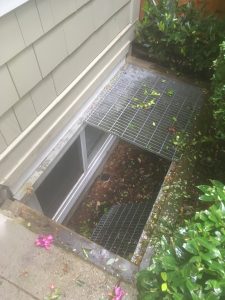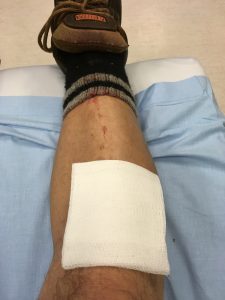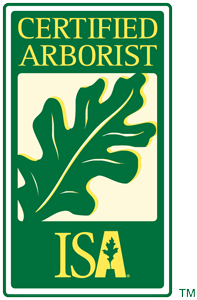Home depot discovery
As a landscape professional I have to protect my hearing as the seasons and years pile on. I have plugs and several Peltor earmuffs which run in the $50 range. And I also used to know several pairs of earphones so I could listen to audiobooks at work. But given the nature of my work-non-stop movement outdoors-I would thrash my earphones weekly.
Then, one lucky day I found myself inside a Home Depot store and I noticed a cardboard showcase at the end of an aisle. TZumi bluetooth headset that cost less than my trusty Peltors!? What? Really? I immediately jumped on it because I knew this blog post would eventually get written, once I tested the headset in the field.
Red Seal test
The price at roughly $50 is great when you consider that my regular Peltor headset costs slightly more. So, for the same price you get the TZumi sound guard bluetooth earmuffs and your work life improves as soon as you leave the store.
With price out of the way, let’s talk about comfort. The TZumi headset really is comfortable. I can wear it for hours without any discomfort. Of course, after eight or nine hours on the job, any headset will annoy you.
The bluetooth connection to my iPhone 10 works really well. This allows me to receive phone and message alerts while I listen to audiobooks or techno music. And all of the headset buttons work well, from on/off to volume and call accept/decline.
Since I go through several audiobooks every week, this is a game changer. I no longer waste money on earphones that snag and break or get wet and filthy. I tried to go cheap but the sound quality was awful. So, now I’m saving money with my new bluetooth TZumi headset.
The headset comes with a charger cable and the unit can go 50 hours on one charge.
The magic button
The best button is the transparency mode button. It allows you to go from noise-cancelling to conversation mode with one button. This is important because as a manager I have to be available for junior staff and I can do that without taking my headset off. Now, to be honest, this takes getting used to because the microphone is strong. In the beginning the transparency button freaked me out but now I’m used to it.
Conclusion
If you don’t mind wearing bluetooth headsets on your head, this TZumi unit is a game changer. It’s comfortable, it lasts for many hours on one charge, and the transparency button allows you to switch from noise-cancelling to conversation mode with the flick of one button.
I love this headset!
